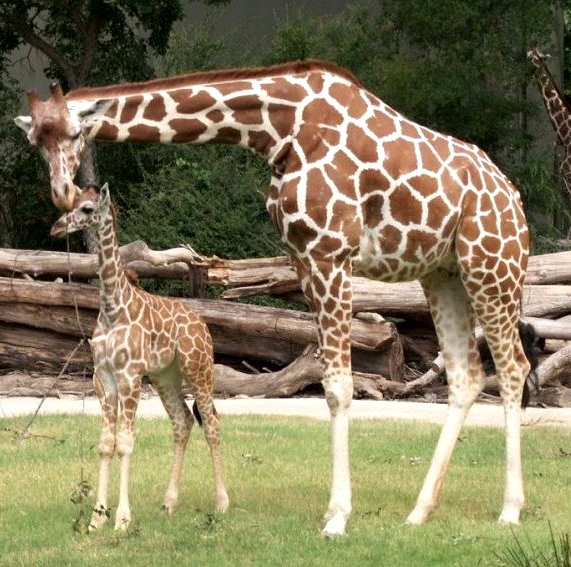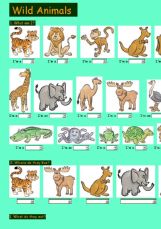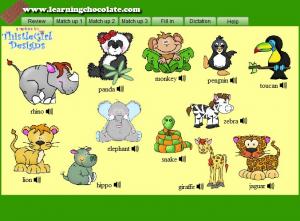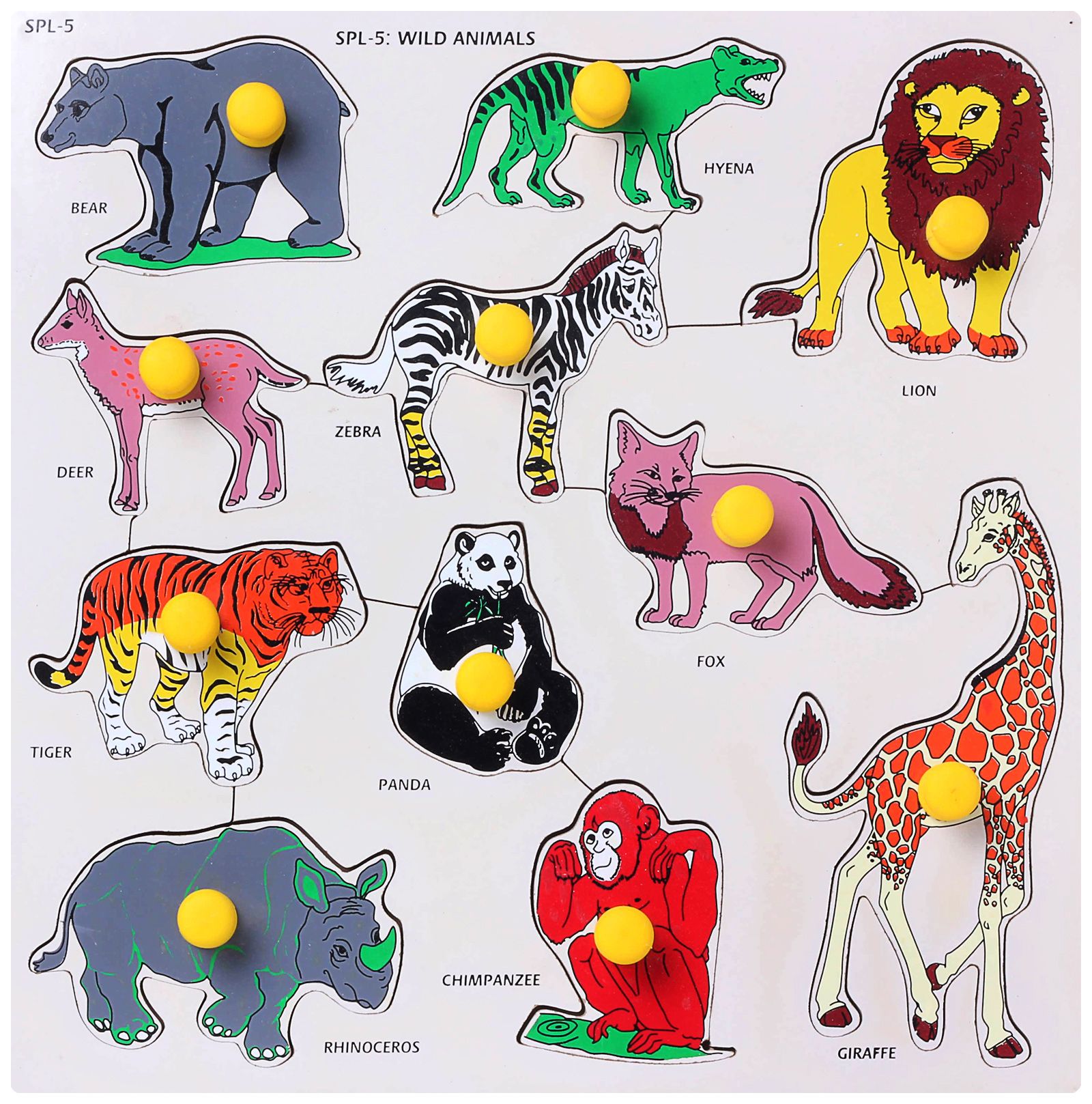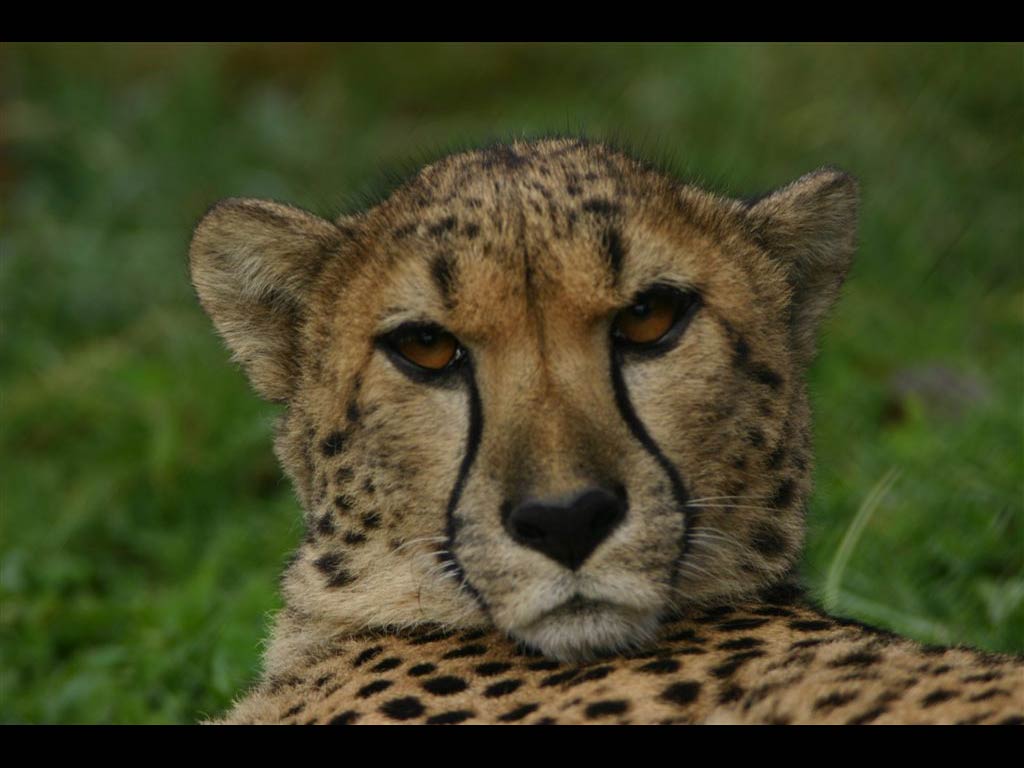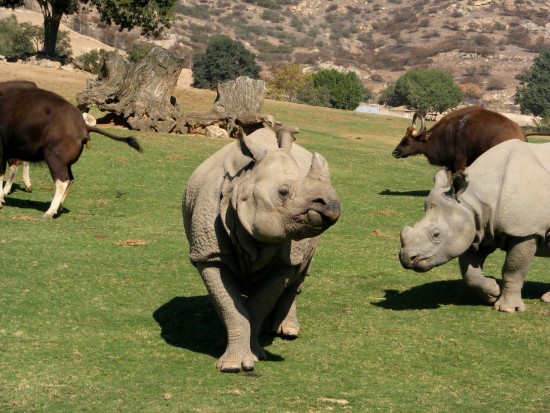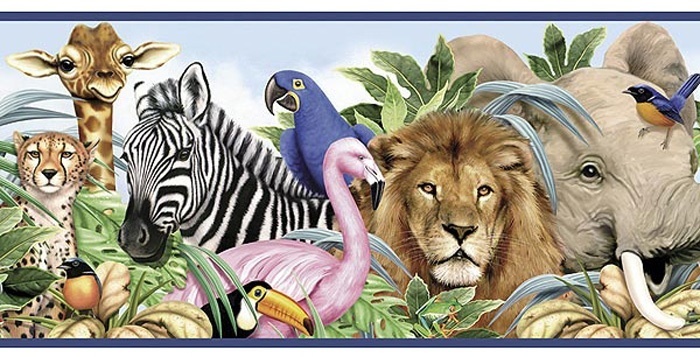Zoo Animals Pictures Biography
Connecticut's Beardsley Zoo has welcomed four North American River Otter pups, born on February 15. The babies had their first exam by the zoo's veterinarian on April 17, revealing the sex and general health of the otters.The pups are two females and two males. The females weighed in at 3.1 pounds (1/4 kg) and 2.29 pounds (1.04 kg) while the males weighed in at 3.06 pounds (1.4 kg) and 3.4 pounds (1.5 kg) Dr. Hochman, who has been a vet at the zoo for 43 years, checked their overall wellness, listened to their hearts, and gave them their first vaccination. The pups also had identification transponders inserted. (This is standard operating procedure and does not cause the animals any discomfort.)
"At nearly nine weeks old, the pups have yet to venture out in public," explains Zoo Director Gregg Dancho. "They opened their eyes for the first time about two weeks ago and are just starting to explore the world around them. We expect that any day now, their mom will be coaxing them out to teach them to swim. If all goes well, these little ones will be swimming like pros within a week."
Mom, named Necedah, arrived at the only zoo in 2012 from the Minnesota Zoo and Dad, Rizzo, arrived in 2004 from the St. Louis Zoo. She is two years old and he is 11 years old. This is Necedah's first litter and Rizzo's fifth. Currently, Rizzo, Necedah, and their pups are the only otters in residence at the Zoo. The four pups are expected to be on exhibit at Connecticut's Beardsley Zoo through the fall, at which time some or all may be transferred to other Association of Zoos and Aquarium's member institutions for breeding.
See and read more after the fold.
Continue reading "Otters Pups Get First Checkup at Connecticut's Beardsley Zoo" »
Posted on April 23, 2014 in Connecticuts Beardsley Zoo, Otter | Permalink | Comments (0)
Pin It!
April 20, 2014
Three Little Lemurs at Woburn Safari Park
Koko 1Two Ring-tailed Lemurs at the United Kingdom’s Woburn Safari Park gave birth to three babies in March!
Both Koko, who delivered a single baby, and Krinidy, who gave birth to twins, are first-time mothers. All three babies are fathered by male Lemur Berenti. Until the babies are about two months old, they’ll cling tightly to their mothers. They’ll then begin climbing and leaping with abandon, as all little Lemurs do. At that time, keepers will observe the babies and determine their genders.
Kirindy 1
Kirindy (poking baby in eye!)
Kirindy 2
BothPhoto Credit: Woburn Safari Park
The Ring-tailed Lemurs live in a walk-through enclosure at Woburn Safari Park, so visitors should be able to get close-up views of the babies. The Lemurs often sun themselves on the paths, spreading their arms and legs to soak up the warmth on cool mornings.
Ring-tailed Lemurs are primates, native only to the island of Madagascar. Due to habitat loss, these and other Lemurs are listed as Near Threatened by the International Union for Conservation of Nature. Ring-tailed Lemurs inhabit forests and scrublands, where they travel in large groups of up to 30 individuals. They are one of the most vocal of all primates, emitting clicks, moans, and wails. They purr when content.
Posted on April 20, 2014 in Lemur, Woburn Safari Park | Permalink | Comments (2)
Pin It!
April 19, 2014
Rare Peccary Born at Fresno Chaffee Zoo
Peccarry 1_sm_logoWith only 3,000 Chacoan Peccaries remaining in the wild, each birth is important. That’s why Fresno Chaffee Zoo is celebrating the arrival of a Chacoan Peccary on March 28.
The baby’s gender and weight won’t be known until the staff performs a wellness check in a few weeks.
Also known as Taguas, Chacoan Peccaries are native only to the Gran Chaco of South America – an arid region covering parts of Paraguay, Bolivia, and Argentina. At one time, Chacoan Peccaries were thought to be extinct, but a small population was discovered in 1971.
Chacoan Paccaries are well-adapted for life in the dry desert, where they feed on mainly on cacti. To remove the spines from the plants, Peccaries use their snouts to rub pieces of cacti on the ground. They may also pull spines from the cacti with their teeth. Their digestive system is able to break down the tough, acidic cactus plants.
As roads are built, the Gran Chaco is no longer isolated and Peccary herds are decreasing. As their habitat is fragmented, these unique creatures are becoming more and more rare. Chacoan Peccaries are listed as Endangered by the International Union for Conservation of Nature.
A zoo (short for zoological park or zoological garden, and also called a menagerie) is a facility in which animals are confined within enclosures, displayed to the public, and in which they may also be bred.
The term zoological garden refers to zoology, the study of animals, a term deriving from the Greek zōon (ζῷον, "animal") and lógos (λóγος, "study"). The abbreviation "zoo" was first used of the London Zoological Gardens, which opened for scientific study in 1828 and to the public in 1847.[1] The number of major animal collections open to the public around the world now exceeds 1,000, around 80 percent of them in cities.[2]
Etymology[edit]
London Zoo, which opened in 1828, first called itself a menagerie or "zoological garden," which is short for "Gardens and Menagerie of the Zoological Society of London."[3] The abbreviation "zoo" first appeared in print in the UK around 1847, when it was used for the Clifton Zoo, but it was not until some 20 years later that the shortened form became popular in the song "Walking in the Zoo on Sunday" by music-hall artist Alfred Vance.[3] The term "zoological park" was used for more expansive facilities in Washington, D.C., and the Bronx in New York, which opened in 1891 and 1899 respectively.[4]
Relatively new terms for zoos coined in the late 20th century are "conservation park" or "biopark". Adopting a new name is a strategy used by some zoo professionals to distance their institutions from the stereotypical and nowadays criticized zoo concept of the 19th century.[5] The term "biopark" was first coined and developed by the National Zoo in Washington D.C. in the late 1980s.[6] In 1993, the New York Zoological Society changed its name to the Wildlife Conservation Society and rebranded the zoos under its jurisdiction as "wildlife conservation parks."[7]
History[edit]
Royal menageries[edit]
Further information: Menagerie
The Tower of London housed England's royal menagerie for several centuries (Picture from the 15th century, British Library).
The predecessor of the zoological garden is the menagerie, which has a long history from the ancient world to modern times. The oldest known zoological collection was revealed during excavations at Hierakonpolis, Egypt in 2009, of a ca. 3500 B.C. menagerie. The exotic animals included hippos, hartebeest, elephants, baboons and wildcats.[8] King Ashur-bel-kala of the Middle Assyrian Empire created Zoological and Botanical Gardens in the 11th Century BC. In the 2nd century BCE, the Chinese Empress Tanki had a "house of deer" built, and King Wen of Zhou kept a 1,500-acre (6.1 km2) zoo called Ling-Yu, or the Garden of Intelligence. Other well-known collectors of animals included King Solomon of the Kingdom of Israel and Judah, queen Semiramis and king Ashurbanipal of Assyria, and King Nebuchadnezzar of Babylonia.[2] By the 4th century BCE, zoos existed in most of the Greek city states; Alexander the Great is known to have sent animals that he found on his military expeditions back to Greece. The Roman emperors kept private collections of animals for study or for use in the arena,[2] the latter faring notoriously poorly. The 19th-century historian W.E.H. Lecky wrote of the Roman games, first held in 366 BCE:
At one time, a bear and a bull, chained together, rolled in fierce combat across the sand ... Four hundred bears were killed in a single day under Caligula ... Under Nero, four hundred tigers fought with bulls and elephants. In a single day, at the dedication of the Colosseum by Titus, five thousand animals perished. Under Trajan ... lions, tigers, elephants, rhinoceroses, hippopotami, giraffes, bulls, stags, even crocodiles and serpents were employed to give novelty to the spectacle ...[9]
Henry I of England kept a collection of animals at his palace in Woodstock, which reportedly included lions, leopards, and camels.[10] The most prominent collection in medieval England was in the Tower of London, created as early as 1204 by King John I.
Henry III received a wedding gift in 1235 of three leopards from Frederick II, Holy Roman Emperor, and in 1264, the animals were moved to the Bulwark, renamed the Lion Tower, near the main western entrance of the Tower. It was opened to the public during the reign of Elizabeth I in the 16th century.[11] During the 18th century, the price of admission was three half-pence, or the supply of a cat or dog for feeding to the lions.[10] The animals were moved to the London Zoo when it opened.
Enlightenment era[edit]
The Versailles menagerie during the reign of Louis XIV in the 17th century
Further information: List of zoos
The oldest zoo in the world still in existence is the Tiergarten Schönbrunn in Vienna, Austria. It was constructed by Adrian van Stekhoven in 1752 at the order of the Holy Roman Emperor Francis I, husband of Maria Theresa of Austria, to serve as an imperial menagerie as part of Schönbrunn Palace. The menagerie was initially reserved for the viewing pleasure of the imperial family and the court, but was made accessible to the public in 1765.
In 1775, a zoo was founded in Madrid, and in 1795, the zoo inside the Jardin des Plantes in Paris was founded by Jacques-Henri Bernardin, with animals from the royal menagerie at Versailles, primarily for scientific research and education. The Kazan Zoo, the first zoo in Russia was founded in 1806 by the Professor of Kazan State University Karl Fuchs.
The modern zoo[edit]
Until the early 19th century, the function of the zoo was often to symbolize royal power, like King Louis XIV's menagerie at Versailles. The modern zoo that emerged in the early 19th century at London, Paris and Dublin, was focused on providing educational exhibits to the public for entertainment and inspiration.[12]
A growing fascination for natural history and zoology, coupled with the tremendous expansion in the urbanization of London, led to a heightened demand for a greater variety of public forms of entertainment to be made available. The need for public entertainment, as well as the requirements of scholarly research, came together in the founding of the first modern zoos.












